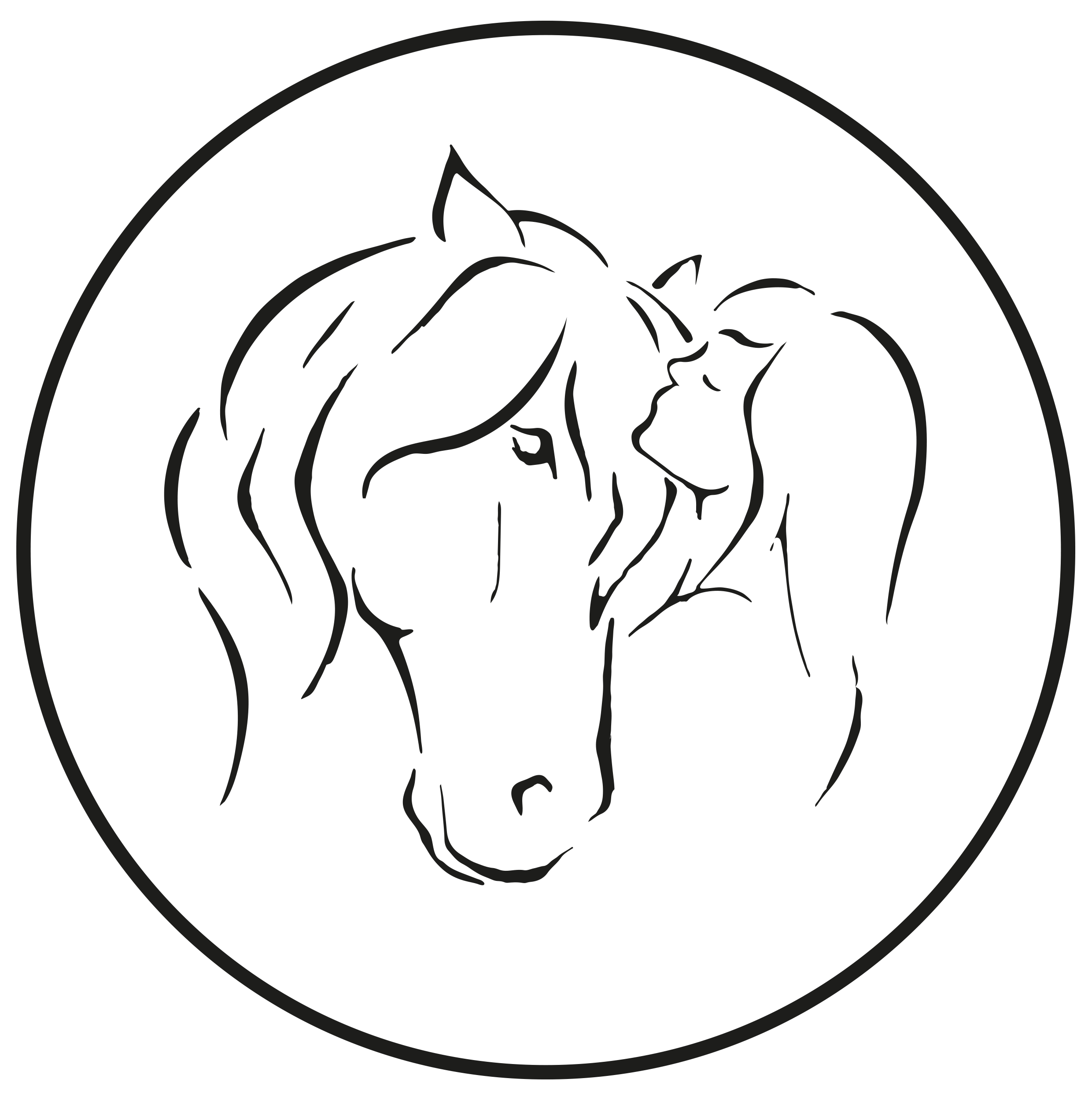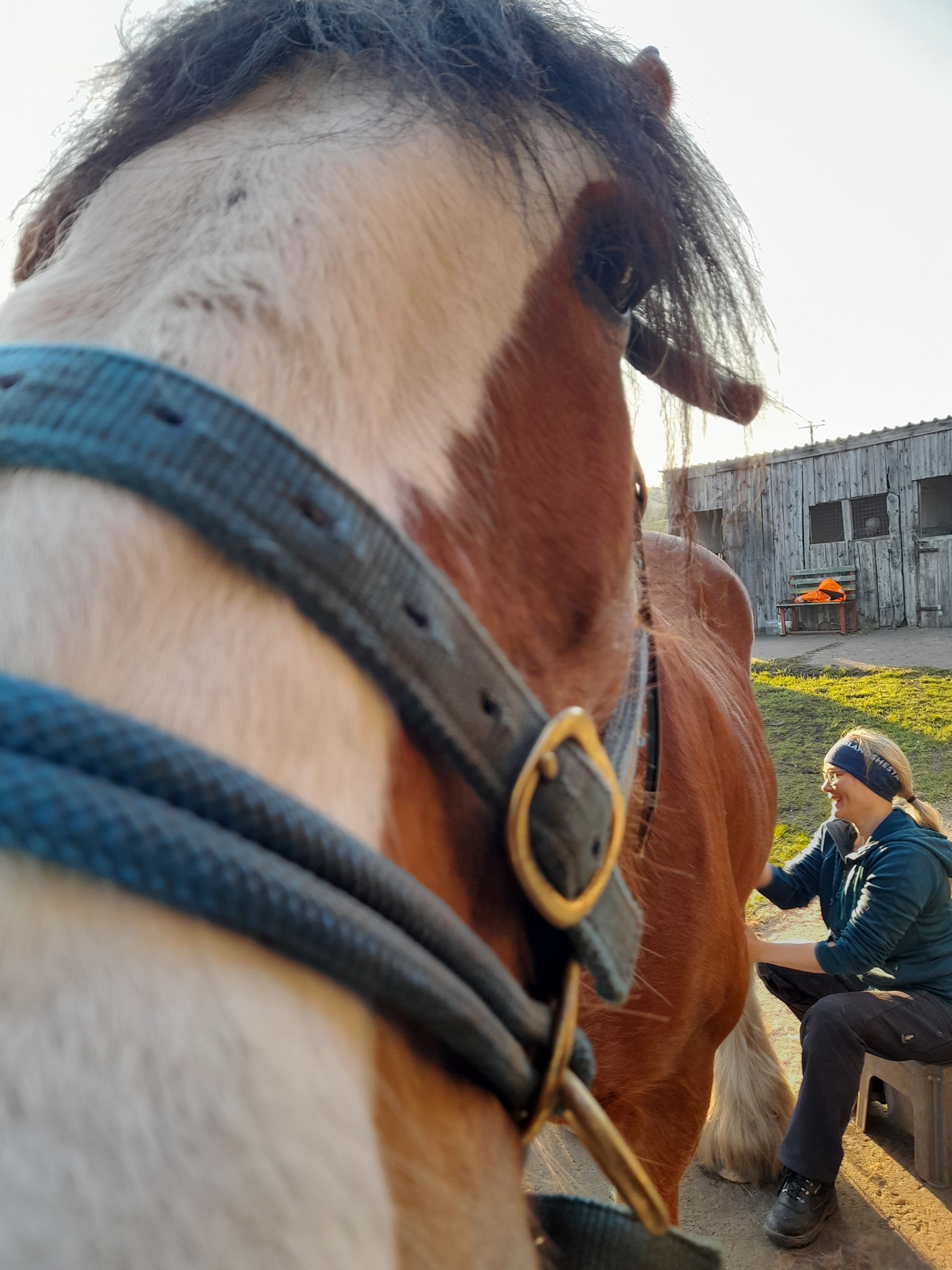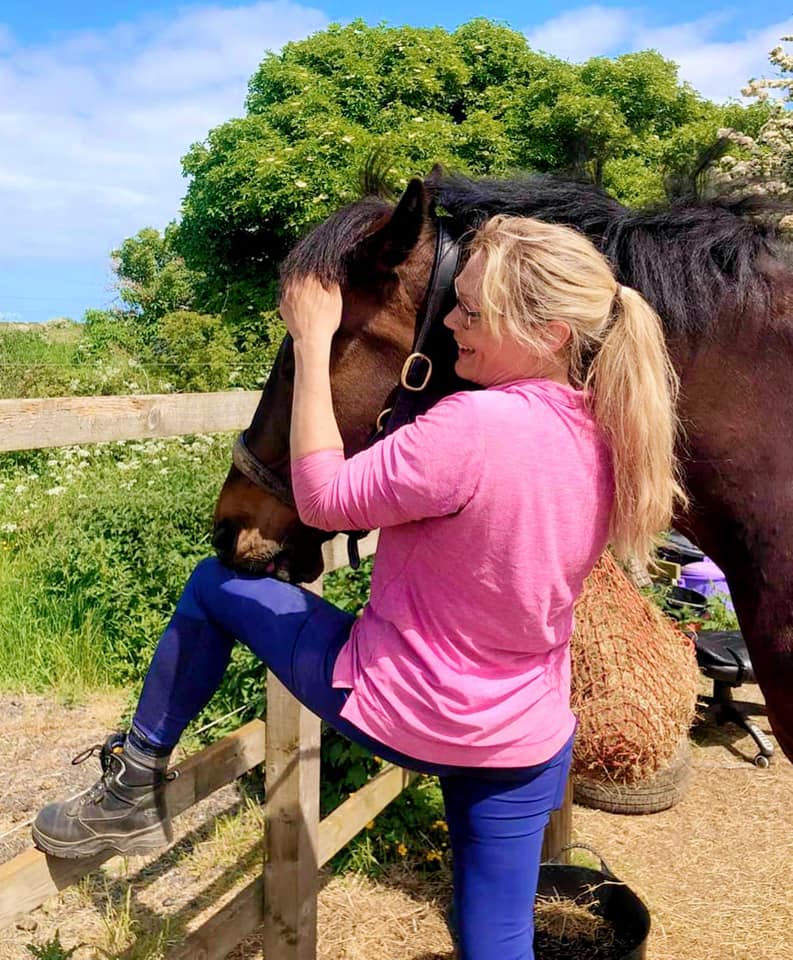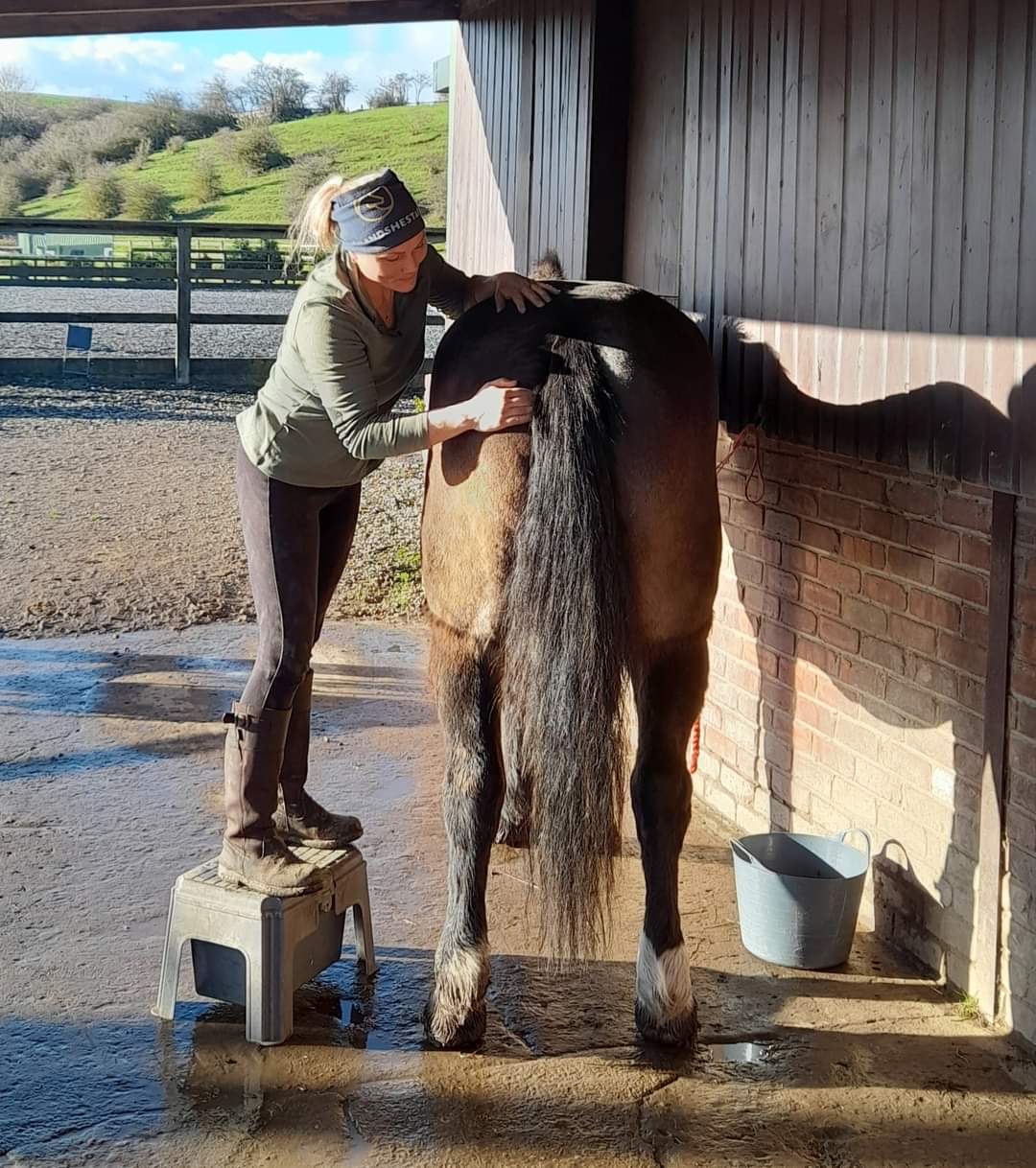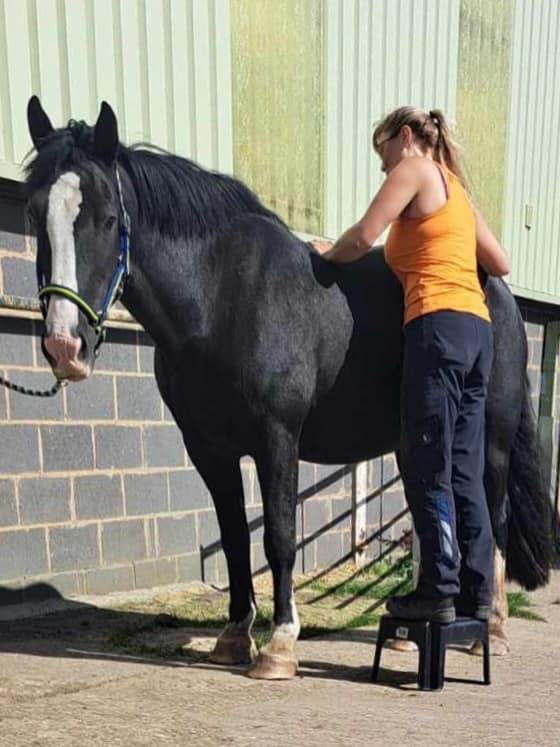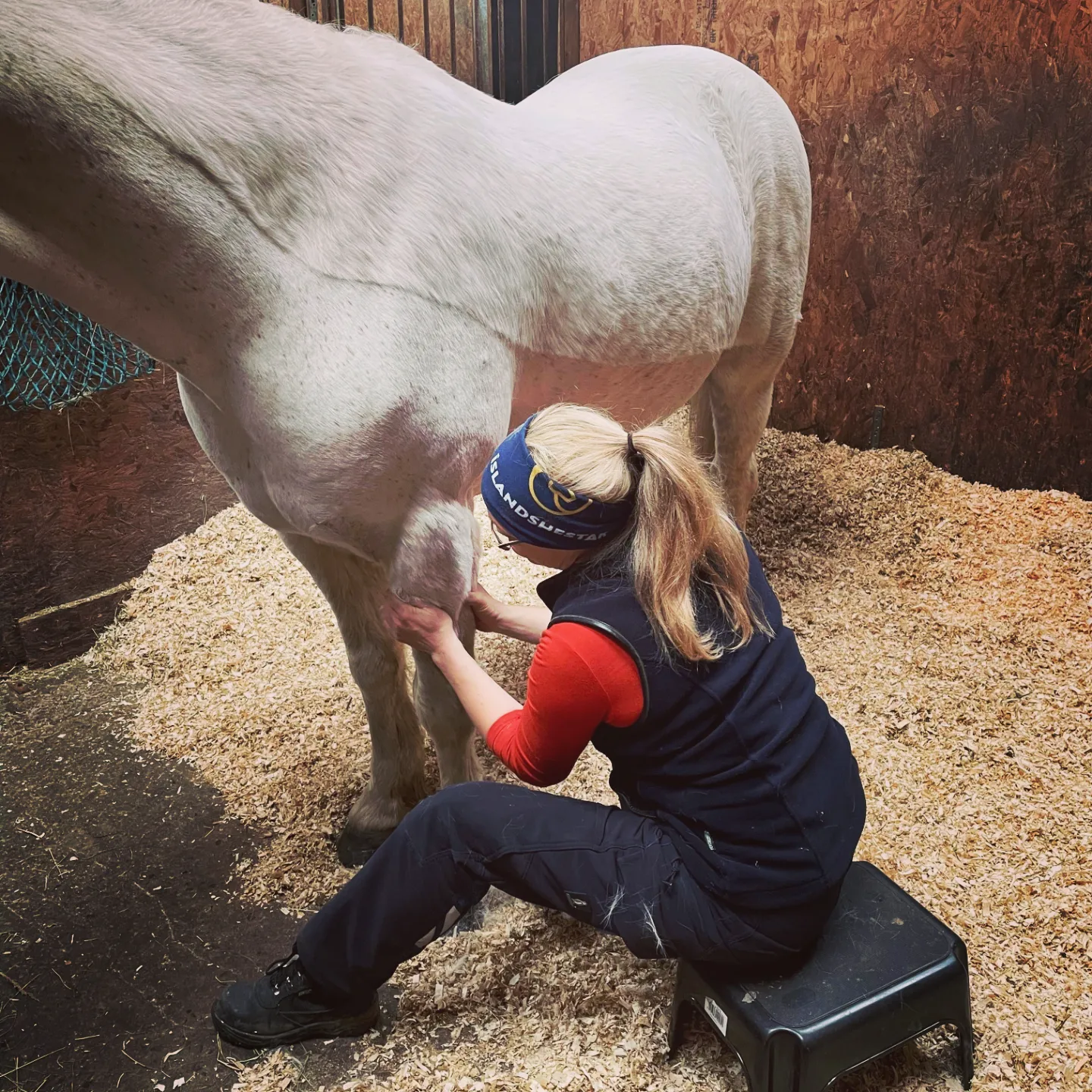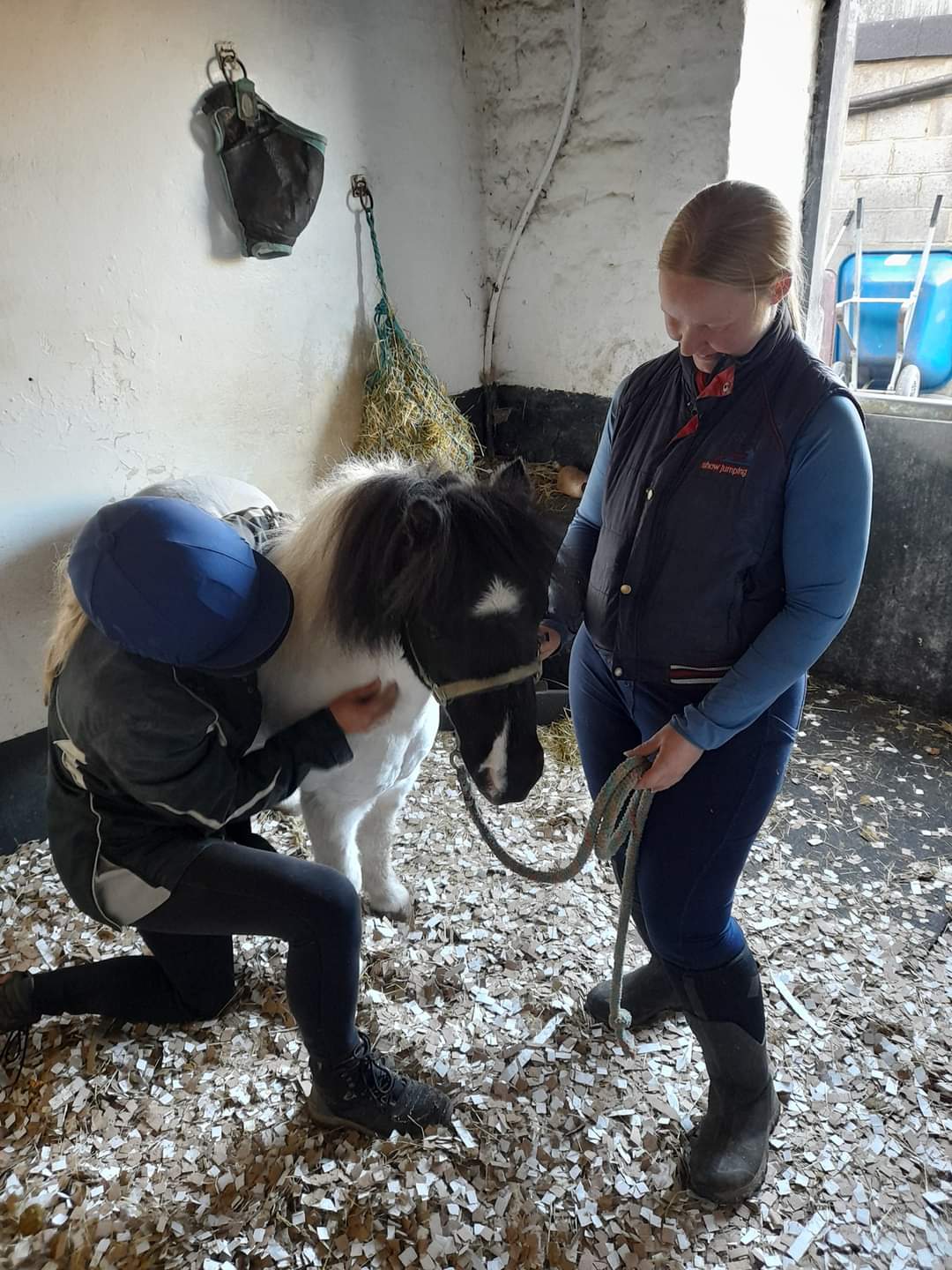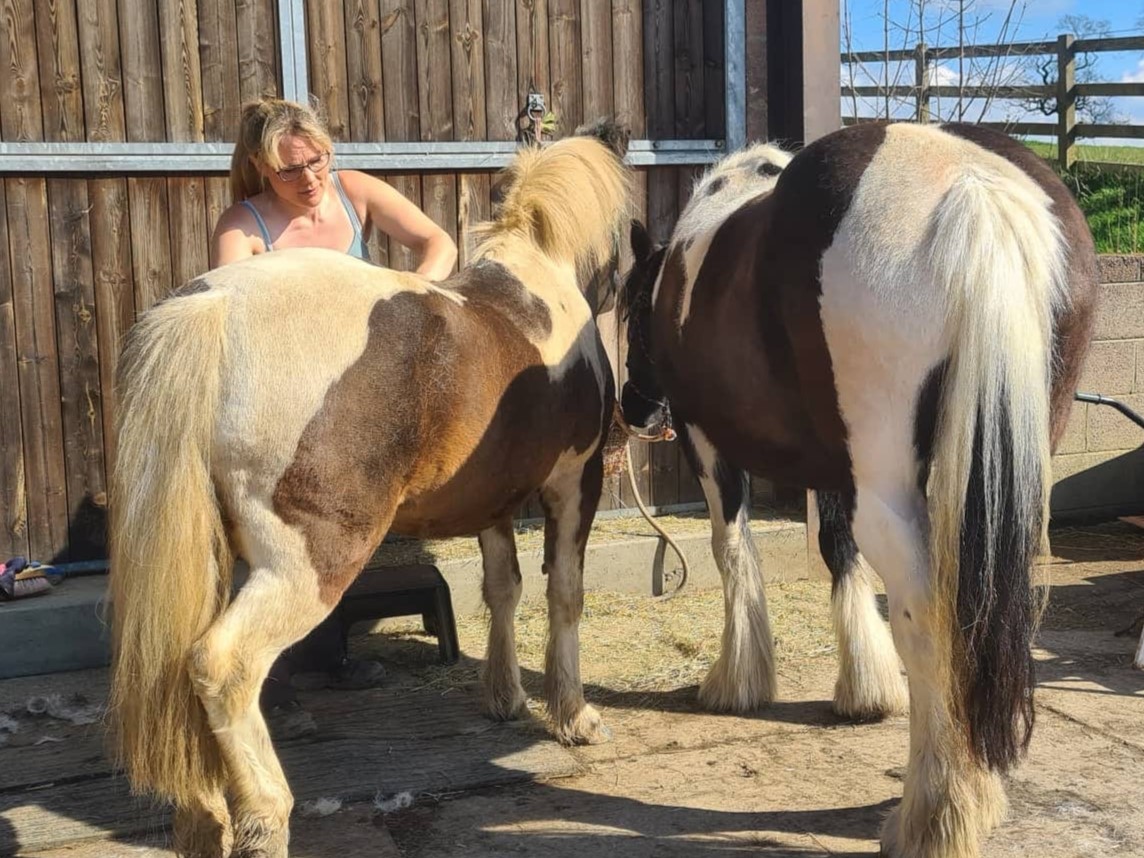Horse massage:
Using a thorough knowledge of anatomy, physiology, biomechanics and horse phycology massage can:
- Relieve pain
- Restore function
- Enhance healing
- Reduce stress
Every massage will always cover the whole horse, from nose to tail, to ensure nothing is missed, this usually takes about 1hr - 1hr 30mins.
Treatments are specifically tailored to the individual needs of your horse, whether they are having a specific problem or just having their regular maintenance check-up. Massage can be used to stimulate and help warm up a horse (great for pre-competition), but can equally be used to relax, cool down and distress (post competition or yard move) depending on the techniques applied.
I will talk you through every step of the way, explaining, discussing and answering any questions you might have.
Upon completion, you will receive a full, user-friendly report including recommendations to help your horse in the coming weeks - see an example report here.
You are always welcome to take photos and share them, however a mention would be appreciated!
Likewise, I would love to receive any photos that you are willing for me to use for promotional purposes.
Types of massage:
Remedial Massage: Locates, sooth and promote the repair of damaged, knotted, tense muscles. Problems with muscles can trigger or radiate pain to other parts of the body. Remedial massage aims to trace the original reason for the pain and treat both the cause and the symptoms. Over time, the effects of tight muscles increase tension and lead to muscle spasm and pin. Tight muscles affects the range of movement around and joint, over time, these can lead to chronic pain and injuries
Pre-Competition Massage: (Up to 2 days prior to an event) a vigorous massage which prepares the muscles for increased work through the promotion blood circulation bringing oxygen and nutrients to the tissue. Increasing the temperature of the muscles loosens and elongates the muscle fibres increasing elasticity which can both enhance performance and reduce the risk of injury. Stimulating the release of endorphins, serotonin and dopamine decreases stress and anxiety.
Post-Competition Massage: (ideally within 72hrs of activity) Over exertion can result in micro tears in the muscle fibres and a build-up of metabolic wastes which leads to tightness and pain. Massage aids the removal of these waste products through the lymphatic system. Increasing circulation, increases oxygen and nutrients delivery to further flush out metabolic waste and promote healing. Gentle stretching out the muscle fibres and abrading adhesions can prevent muscle tightening and cramps.
Post- Injury: (may need veterinary permission) Massage can play an important role in injury rehabilitation. After an injury, muscles act as a protective mechanism and tighten or become knotted. Scarring between muscles and fascia can restrict movement further. Post-injury massage encourages blood the circulation of vital nutrients to damaged areas, relaxes muscle fibres and loosens scar tissue. As part of a rehabilitation programme, massage can help increase healing rate and shorten recovery time.
Ex-racer with kissing spine and ulcers receiving her calming, remedial massage to support her recovery.

Getting the most out of your Massage Report:
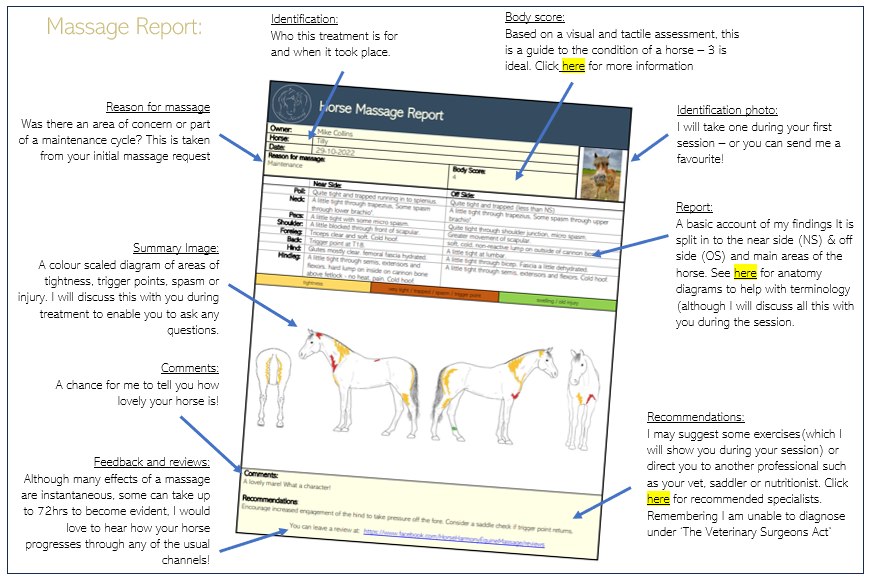
Anatomy definitions:
These are the most common muscles I may refer to during a treatment or in my reports.
These images have been kindly provided by Gillian Higgins and Horses Inside Out. It is my go-to resource for all things anatomical and biomechanical. They run both professional and horse owner courses too - I highly recommend them!
Click below for a direct link
Horses Inside Out | Equine Anatomy and Biomechanics | England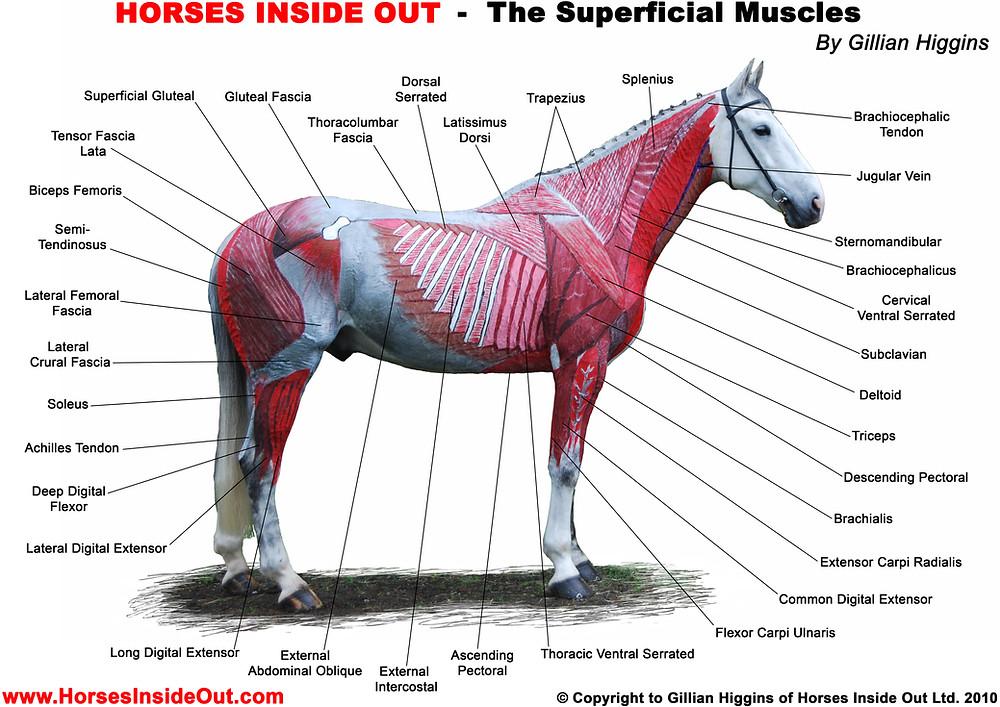
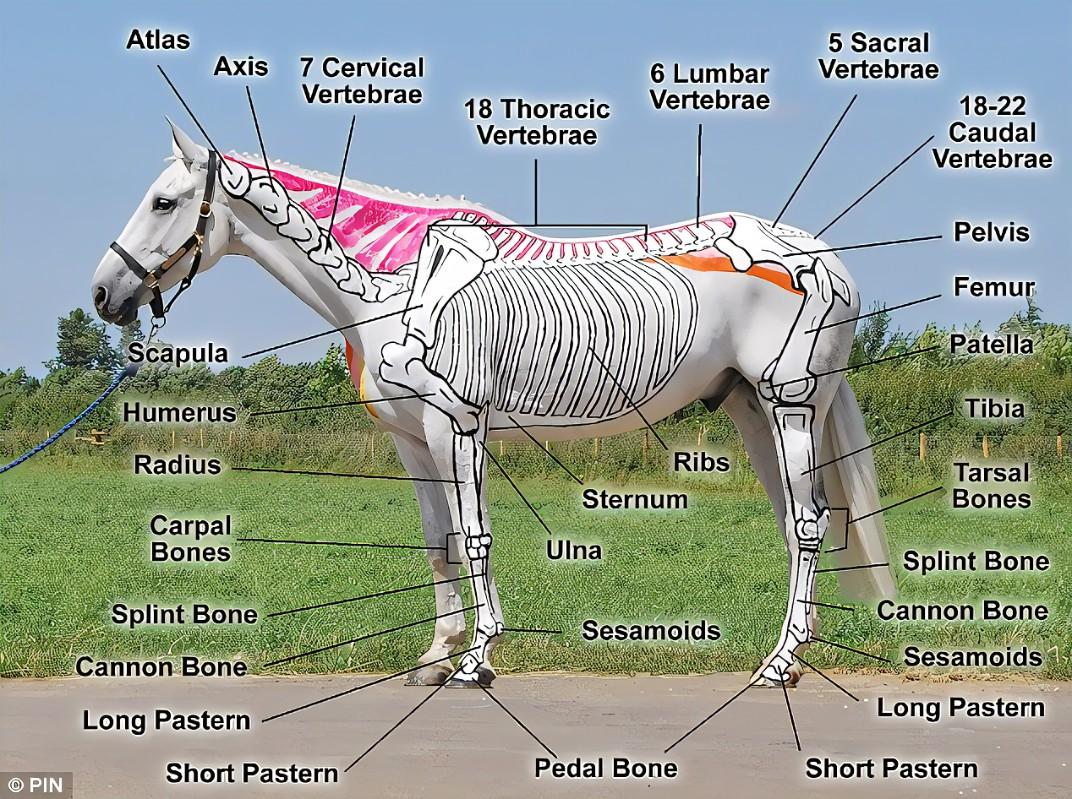
Used with kind permission of G. Higgins, Horses inside out
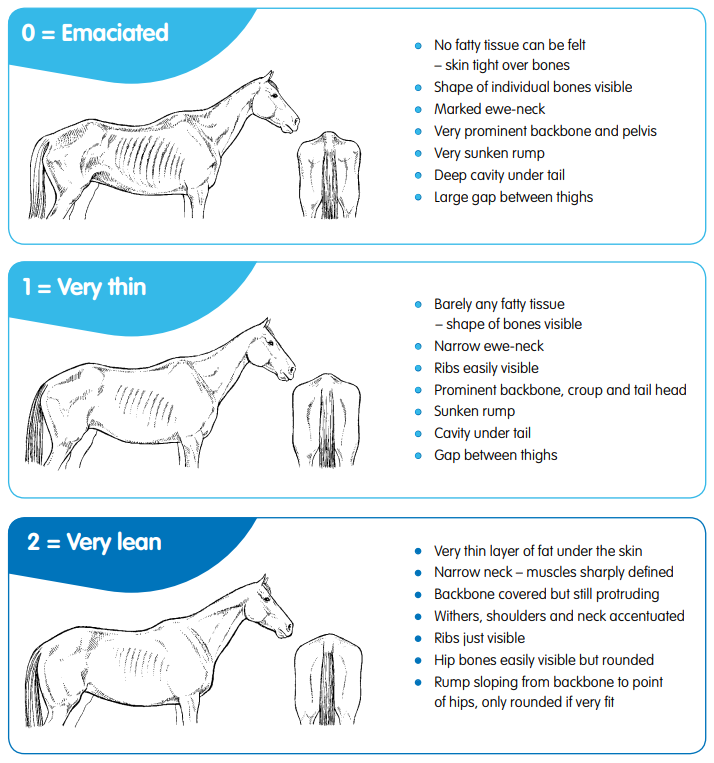
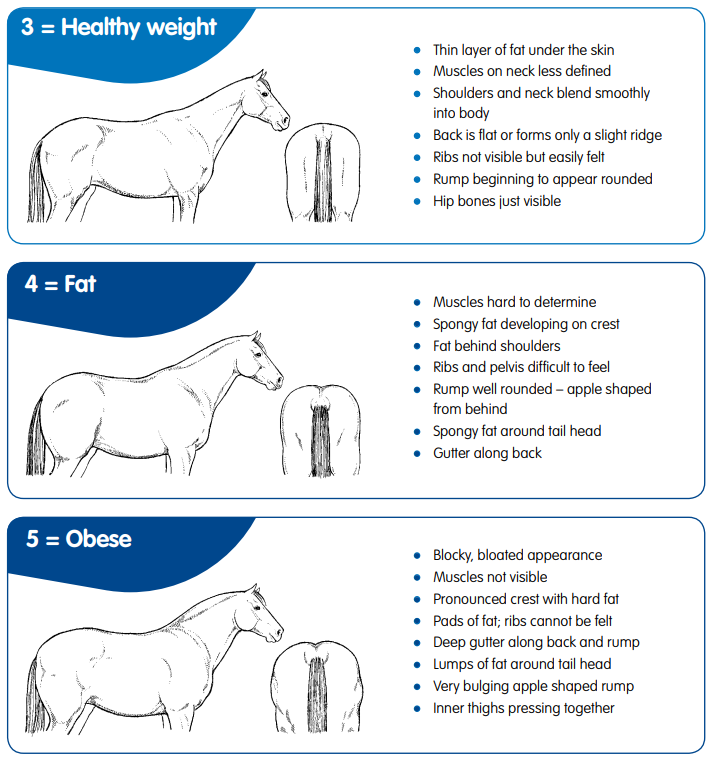
Taken from Bluecross for pets - follow the link for more information.
